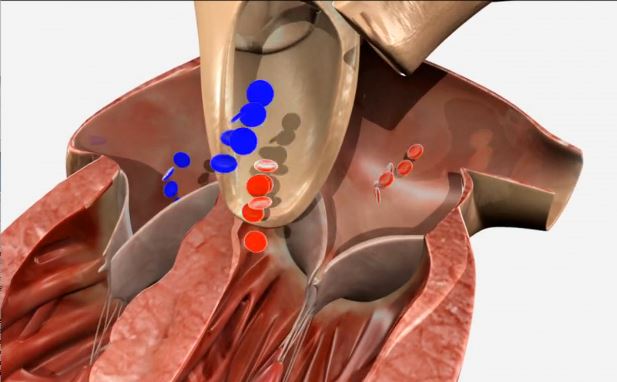

Library > Sonography > Echocardiography > Echocardiography Assessment of Valvular Disease
Try Simtics for free
Start my free trialEchocardiography Assessment of Valvular Disease

Materials Included:
-

-

-

-

Check our pricing plans here
Unlimited streaming.
This module teaches you how to identify and assess the sonographic appearance of heart valve pathology and valve replacements. The text describes basic physiology and pathology of the mitral, aortic, tricuspid, and pulmonary valves, including signs and symptoms, and the video provides examples of various valvular pathologies. This module is ideal if you are studying for the American Registry for Diagnostic Medical Sonography (ARDMS) registry exams.
You’ll learn
- identify and describe the sonographic appearance of prosthetic valve replacements on echocardiograms.
- different pathology that may affect the heart valves
- to better visualize and understand the anatomy and physiology of the heart valves, with our 3D model and illustrations
- identify the sonographic appearance of mitral, aortic, tricuspid, and pulmonary valve pathology
- and more (see “Content Details” for more specific information).
- Review normal cardiac anatomy.
- Identify and describe the appearance of valve replacements on echocardiograms.
- List and describe pathology that may affect the heart valves.
- Identify and describe the sonographic appearance of mitral, aortic, tricuspid, and pulmonary valve pathology.
- Identify and explain the mechanisms of various types of prosthetic valve replacements.
- Discuss the use of proximal isovelocity surface area (PISA).
- Define and use related medical terminology.
- Explain the Patient Privacy Rule (HIPAA) and Patient Safety Act.
The SIMTICS modules are all easy to use and web-based. This means they are available at any time as long as the learner has an internet connection. No special hardware or other equipment is required, other than a computer mouse for use in the simulations. Each of the SIMTICS modules covers one specific procedure or topic in detail. Each module contains:
- an online simulation (available in Learn and Test modes)
- descriptive text, which explains exactly how to perform that particular procedure including key terms and hyperlinks to references
- 2D images and a 3D model of applied anatomy for that particular topic
- a step by step video demonstration by an expert
- a quiz
- a personal logbook that keeps track of all the modules the learner has studied and how long
For more details on features and how your students can benefit from our unique system, click here.









